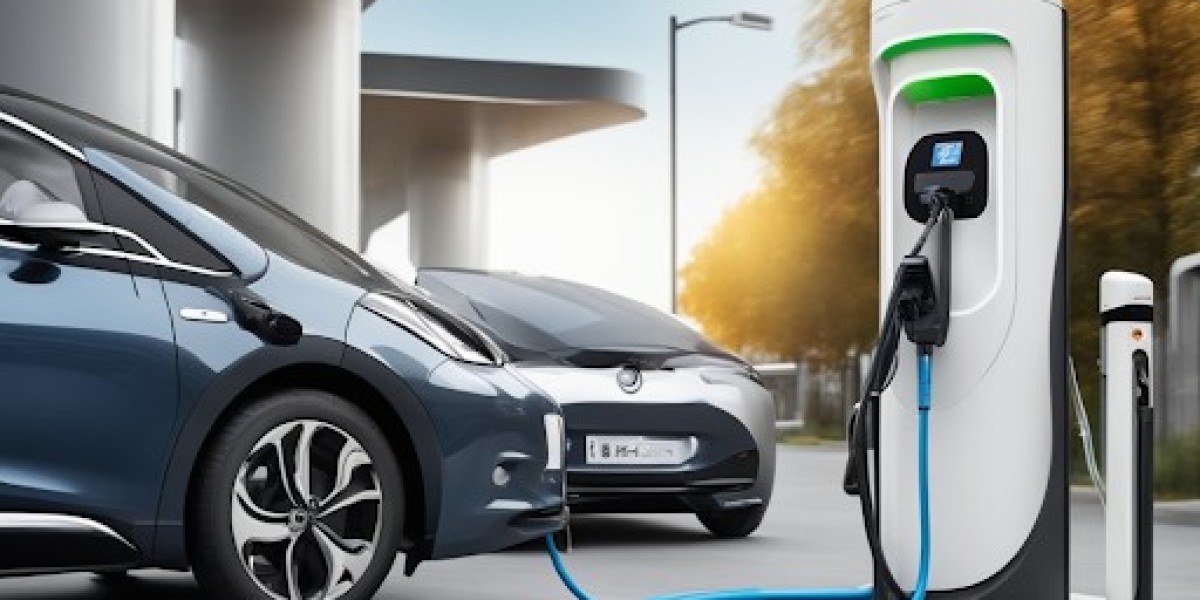As electric vehicles (EVs) gain traction worldwide, the infrastructure to support their growth is expanding rapidly. One of the essential components of this infrastructure is the charging pile, a crucial fixture for EV owners. However, several misconceptions surround charging piles that can lead to confusion and hesitation among potential users. In this article, we will debunk some of the most common myths about charging piles, clarifying their importance and functionality.
1. Charging Piles Are Only for Public Use
One prevalent myth is that charging piles are solely meant for public spaces, such as shopping centers or parking lots. While it's true that public charging stations are essential for urban areas, many EV owners are unaware that charging piles can also be installed at home. Home charging stations allow for convenient overnight charging, making it easy for EV owners to ensure their vehicles are always ready to go.
2. All Charging Piles Are the Same
Another misconception is that all charging piles offer the same charging speeds and capabilities. In reality, charging piles vary significantly in terms of power output, speed, and compatibility with different EV models. For instance, Level 1 chargers are slower and typically used in residential settings, while Level 2 and Level 3 chargers provide faster charging options suitable for public use. Understanding these differences is crucial for selecting the right charging solution for your needs.
3. Charging Piles Are Difficult to Use
Some people believe that using a charging pile is complicated and requires technical knowledge. In fact, most charging piles are designed to be user-friendly. Many charging stations offer intuitive interfaces, and charging your EV is as simple as plugging in the connector. Additionally, modern charging piles often come with features such as mobile apps that allow users to monitor charging status, track energy usage, and even schedule charging times.
4. Charging Piles Are Only for New EV Models
A common misconception is that only newer electric vehicles can utilize charging piles. While it is true that some older EV models may not be compatible with the latest charging technologies, many charging piles are designed to accommodate a wide range of EV models, including older ones. Always check compatibility before making a purchase, but rest assured that most charging piles are versatile enough to cater to various vehicles.
5. Charging at a Pile Is Expensive
Many potential EV owners worry about the cost of charging at a pile, believing it will significantly impact their energy bills. In reality, charging your EV is often more economical than using gasoline for traditional vehicles. Additionally, home charging can take advantage of off-peak electricity rates, further reducing costs. Many charging piles also offer transparent pricing, allowing users to see how much they will pay before starting a charge.
6. Charging Piles Are Only Necessary for Long-Distance Travel
While charging piles are indeed crucial for long-distance travel, this misconception can lead to the assumption that they are unnecessary for daily use. In reality, even local drivers can benefit from regular access to charging piles. They help maintain battery health and ensure that your vehicle is always charged, reducing anxiety about running low on battery during the day.
Conclusion
Understanding the realities of charging piles is essential for anyone considering making the switch to an electric vehicle. By debunking these common misconceptions—such as the belief that charging piles are only for public use, that all charging piles are the same, or that they are difficult to use—potential EV owners can make more informed decisions. Charging piles are accessible, user-friendly, and offer cost-effective solutions for both home and public charging. As the infrastructure for electric vehicles continues to grow, embracing these technologies will not only benefit individual users but also contribute to a more sustainable future. And while you're enhancing your home with a charging pile, consider adding LED soffit lights to illuminate your driveway, ensuring that you can easily access your vehicle, day or night.



